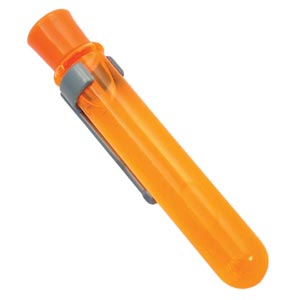At first glance No-Pop Bubbles may seem like any other bubbles. While the bubble solution is a bit more viscous, one blows No-Pop Bubbles like any other bubble. The small bubble wand suspends a bubble film which, when air is blown through it, releases small bubbles into the air.
 These bubbles, however, are no ordinary bubbles. No-Pop Bubble solution begins as a regular soap and water bubble solution. Added to this solution is a small amount of a non-toxic water soluble polymer. When No-Pop Bubbles are first blown, the bubbles behave like ordinary bubbles. As the water evaporates from the bubble’s surface, however, an extremely thin plastic ‘bubble skeleton’ remains. It is this plastic bubble skeleton which has the properties for which No-Pop Bubbles are named. Read the rest of this entry »
These bubbles, however, are no ordinary bubbles. No-Pop Bubble solution begins as a regular soap and water bubble solution. Added to this solution is a small amount of a non-toxic water soluble polymer. When No-Pop Bubbles are first blown, the bubbles behave like ordinary bubbles. As the water evaporates from the bubble’s surface, however, an extremely thin plastic ‘bubble skeleton’ remains. It is this plastic bubble skeleton which has the properties for which No-Pop Bubbles are named. Read the rest of this entry »




 Posted by Tami O'Connor
Posted by Tami O'Connor  by: Tami O’Connor
by: Tami O’Connor